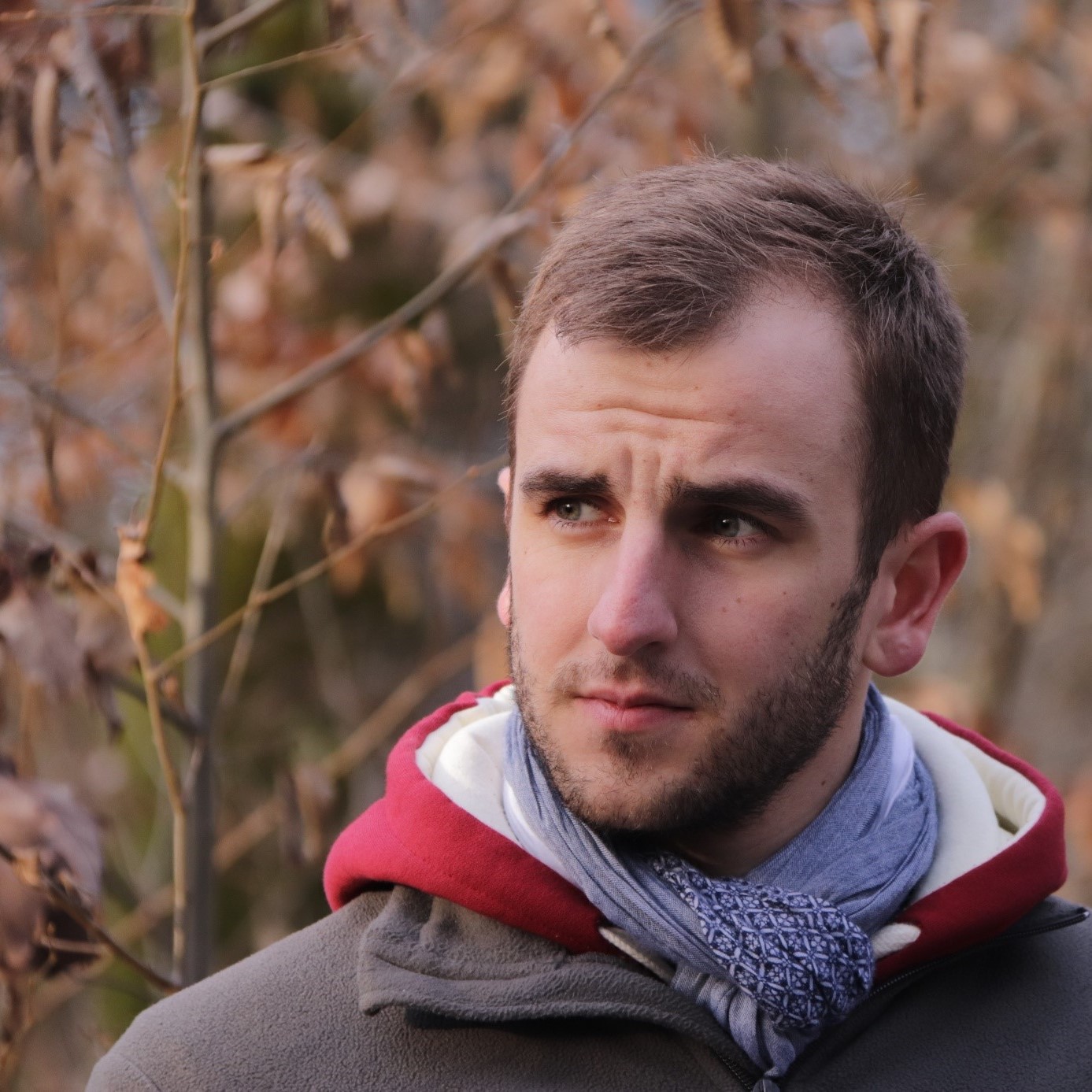Oviposition preference of the forest cockchafer (Melolontha hippocastani Fabr. 1801) at the stand scale depends on oak proportion, canopy openness and ground accessibility
Published in Annals of Forest Science Vol. 78 No 53, 2021
Abstract:
Key message: Melolontha hippocastani is a major pest in European mixed and broadleaf forests. Investigating its oviposition behavior, we observed that a dense shrub layer reduces the density of egg clusters and eggs in the soil. Conversely, canopy openness and a large proportion of oak appear as favoring conditions.
Context: Melolontha hippocastani is a major pest in European mixed and broadleaf forests. In north-eastern France, an epidemic phase has been observed since 2007, characterized by a high mortality rate of seedlings and young trees, and by massive swarming flights every 4 years.
Aims: We investigated the oviposition behavior of M. hippocastani in the northern Vosges Mountains.
Methods: We set up study plots in the infected area after adults had emerged and the females had laid their eggs. We excavated pits and counted the eggs and egg clusters they contained. We also carried out dendrometric surveys.
Results: A dense shrub layer had a negative effect on the density of egg clusters and the number of eggs in the soil, while canopy openness and the proportion of oak basal area had positive effects.
Conclusion: We hypothesized that a dense shrub layer could create a barrier for females. On the other hand, an open canopy may improve conditions for the larvae in the soil, just as a high proportion of oak trees in the surrounding area may provide a good food source for both larvae and adults. We suggest several research orientations and propose guidelines for forest management in view of our results.
